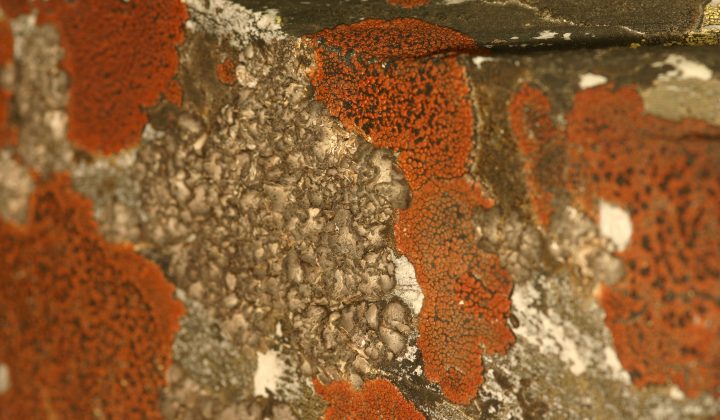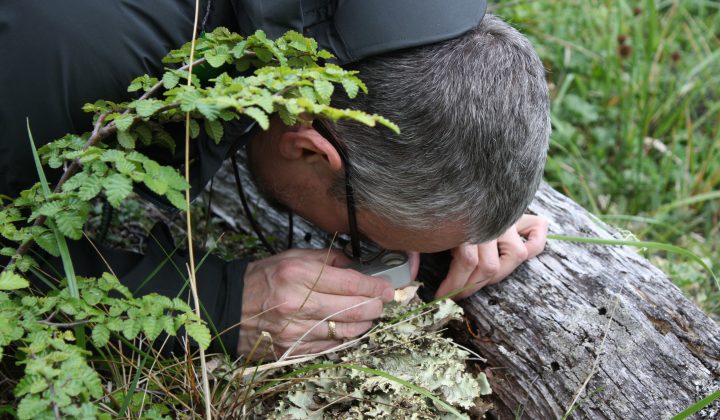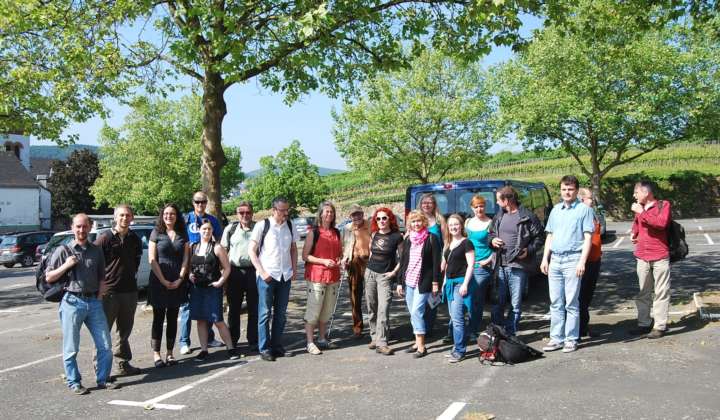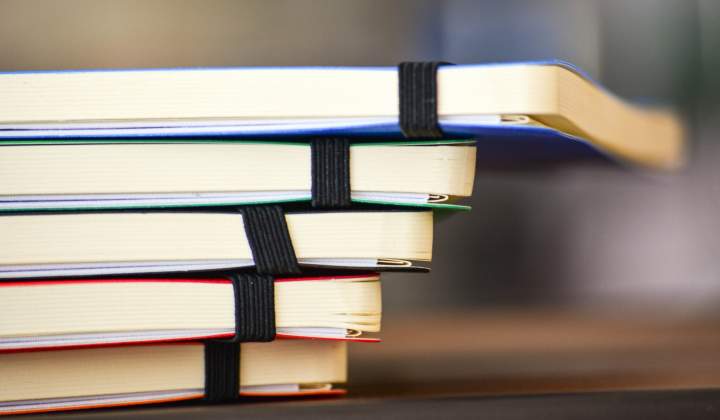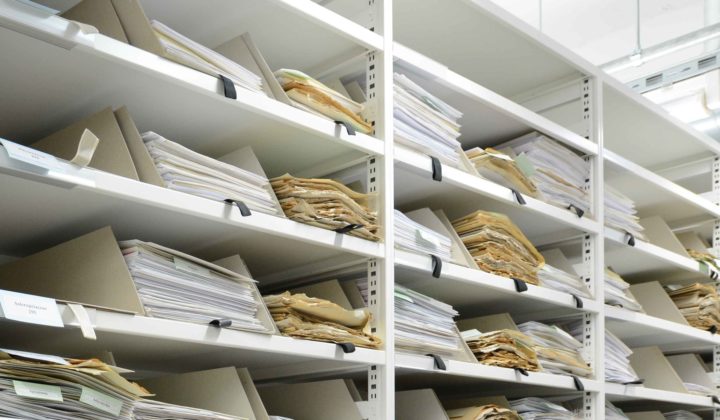Cryptogams
Collection Cryptogams
Size
Ca 200.000 specimens (bryophytes, fungi, lichens, algae and ferns).
Emphasis
The lichen herbarium (ca 78.000 specimens) includes the important historical collections of Jakob Adolf Metzler (with many exsiccata series by Anzi, Arnold, Hepp, Nylander) and Ludwig Scriba as well as contemporary collections by Uwe Becker (Zimbabwe), Rainer Cezanne & Marion Eichler (mainly Central Europe), Uwe de Bruyn (mainly northern Germany), Patrick Dornes, Markus Hauck, Bruno Mies (Cape Verde, Yemen, Socotra, Eritrea), Christian Printzen, Pamela Rodriguez Flakus (South America). Further exsiccata from the 19th and early 20th century (e. g. Rabenhorst, Sydow) were accessioned through the collections of Carl Bosch and exchange with the herbarium Uppsala (e. g. E. Fries, Th. Fries, Massalongo).
The lichen collection is the most comprehensive in Hessen and of outstanding scientific importance for this federal state and neighbouring regions. It is also one of the largest and most important historical lichen collections within Germany. The Cladonia-collections of Scriba are of international importance.
J. P. Huths “Herbarium vivum Wetteravicum 1713” contains the oldest known lichen specimens from Hessen. Since 1988, the lichen herbarium has been curated by H. J. Reimer, H. Schöller and H. Thüs and is now merged into an alphabetically sorted general herbarium. As an ongoing project, collections are currently recorded in a BRAHMS database.
The pteridophyte herbarium (ca 55.000 specimens) is the second largest cryptogamic collection in FR. Large parts of the collection were made by E. Migula, W. R. Müller-Stoll, R. Kräusel and W. Jacobsen. The geographical emphasis is on South-Africa.
Bryophytes are represented by ca 45.000 specimens. The collections of C. Bosch (with many valuable 19th-century exsiccata series), V. F. Brotherus, J. A. Futschig (10.000 specimens predominantly from Hessen) and W. Hillebrand (Canary Islands) are especially worth mentioning.
Algae (ca 7.000 specimens) have been a subject of research since the foundation of the “Senckenbergische Naturforschende Gesellschaft” in 1817. The publications by G. Fresenius (1808-1866) and M. Möbius (1859-1946) are still important contributions to the understanding of this group of organisms. The Algae herbarium comprises important historical collections by G. H. B. Jürgens (1771-1846) and G. L. Rabenhorst (1806-1881) as well as specimens collected by O. and W. Bok, K. Förster, J. Müller, G. H. Schwabe and E. Wehrle. A highlight is the diatom collection of H. Lange-Bertalot with more than 4.000 samples including 950 types (see also Prof. Dr. D. Mollenhauer).
The fungal herbarium (ca 40.000 specimens) contains mostly parasitic fungi, many of them in large exsiccata series. The most important collectors are G. Eberle, K. Fuckel, G. J. Herpell, H. Rupprecht and R. Steppan. The extensive collection by H. L. Hilfrichs comprises ca 10.000 basidiomycetes from Germany. The particularly valuable collection of W. Villinger contains 1650 watercolour plates drawn from mushrooms collected around Offenbach. Since 2012 the fungal collection also serves as central repository for the project “Integrative Fungal Research” (LOEWE-IPF).
Current Projects
Carl Bosch as a scientific collector – recording, indexing and digitization of the moss herbarium of Carl Bosch (Gerhard Winter, Lisa Bleck, Klaus-Tschira-Foundation 00.351.2018)

